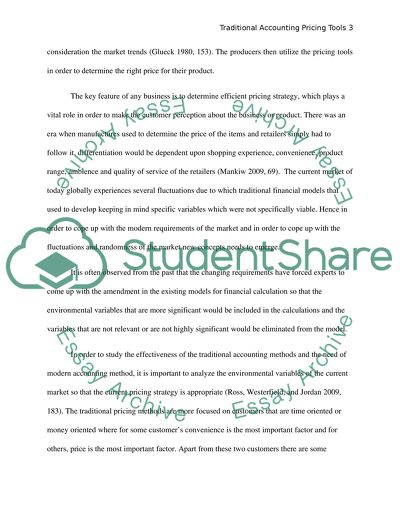Cite this document
(“Traditional accounting pricing tools are not fit for the 21st century Essay”, n.d.)
Retrieved from https://studentshare.org/finance-accounting/1395403-traditional-accounting-pricing-tools-are-not-fit
Retrieved from https://studentshare.org/finance-accounting/1395403-traditional-accounting-pricing-tools-are-not-fit
(Traditional Accounting Pricing Tools Are Not Fit for the 21st Century Essay)
https://studentshare.org/finance-accounting/1395403-traditional-accounting-pricing-tools-are-not-fit.
https://studentshare.org/finance-accounting/1395403-traditional-accounting-pricing-tools-are-not-fit.
“Traditional Accounting Pricing Tools Are Not Fit for the 21st Century Essay”, n.d. https://studentshare.org/finance-accounting/1395403-traditional-accounting-pricing-tools-are-not-fit.


